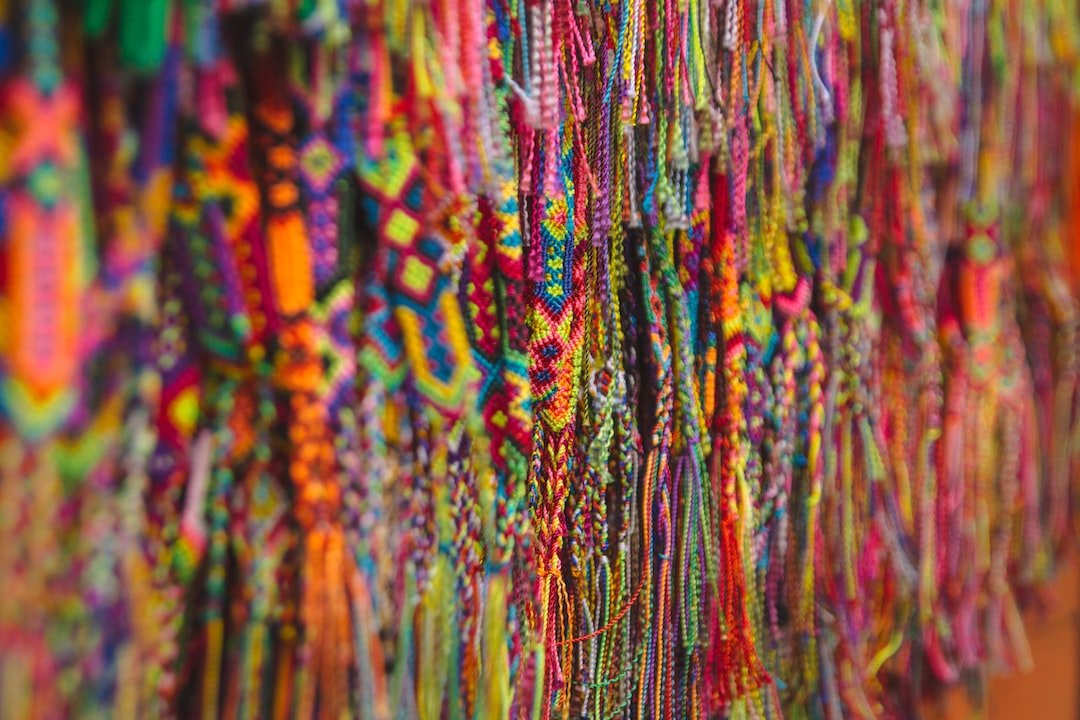Mexican Tequila: A Spirited Journey Through History and Heritage
When people think of Mexico, they often conjure up images of vibrant colors, ancient civilizations, and delicious cuisine. But there is one iconic aspect of Mexican culture that cannot be overlooked – tequila. This beloved spirit has a rich and fascinating history that is deeply intertwined with the country’s heritage.
Tequila is a type of alcoholic beverage made from the blue agave plant, which is endemic to the region surrounding the town of Tequila, located in the state of Jalisco. The production of tequila dates back to ancient times when the indigenous people, such as the Aztecs, fermented the agave plant to produce a beverage known as pulque. This sacred drink held significant cultural and ceremonial importance.
However, it was not until the 16th century, with the arrival of the Spanish conquistadors, that tequila as we know it today began to take shape. The Spanish introduced the process of distillation to the region, and the native people adapted their traditional methods to create a stronger and more refined beverage.
Over the centuries, tequila production expanded, and it became a staple in Mexican culture. In 1974, it was officially recognized as a protected designation of origin (PDO) product, meaning that only spirits produced within the designated area and meeting specific criteria can legally be called tequila.
The production of tequila is a labor-intensive and time-consuming process that requires careful cultivation and craftsmanship. The blue agave plant must grow for several years before it is ready for harvest. The jimadores, skilled farmers, carefully select and harvest the mature agave plants, removing the thick leaves to reveal the piña, the heart of the plant. These piñas are then roasted to convert the plant’s starches into sugars.
After roasting, the piñas are crushed to extract their juice, which is then fermented and distilled to produce the tequila. The aging process is crucial in tequila production, with different aging methods and timeframes resulting in variations in flavor and color. Blanco or silver tequila is unaged and has a vibrant, fresh flavor. Reposado tequila is aged for a minimum of two months, while añejo tequila is aged for at least a year, resulting in a smooth and complex flavor profile.
Tequila not only holds a significant place in Mexican culture but has also gained international recognition as a symbol of celebration and enjoyment. It is commonly consumed neat, in cocktails like the iconic Margarita, or as a base spirit in various mixed drinks.
Beyond its cultural significance and global appeal, the production of tequila also supports local communities and protects the environment. The agave fields provide employment for thousands of workers, and sustainable farming practices help preserve the region’s unique ecosystem. Additionally, in recent years, efforts have been made to promote fair trade practices and protect the rights of agave farmers, ensuring that they receive fair compensation for their hard work.
In conclusion, Mexican tequila is more than just a drink – it is a spirited journey through history and heritage. From its ancient origins as a sacred beverage to its recognition as a protected designation of origin product, tequila has become an integral part of Mexican culture. Its production involves a meticulous process that combines traditional craftsmanship with sustainable farming practices, benefiting both the local communities and the environment. So, the next time you raise a glass of tequila, remember the rich history and cultural significance behind this beloved spirit. Salud!

